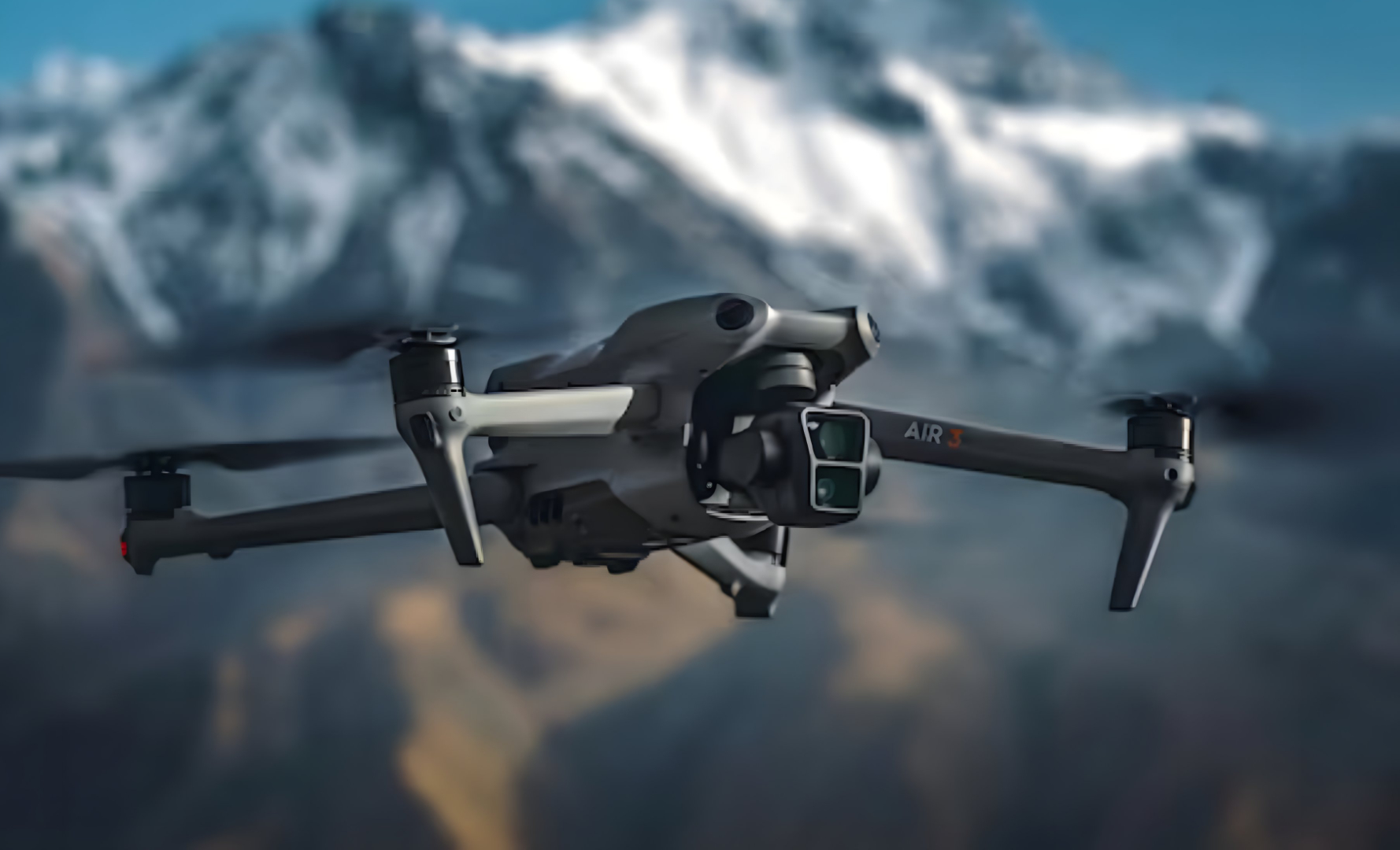The United Aviation Corporation (UAC) recently announced via Telegram on June 17 that they have delivered new Su-34 Fullback fighter-bombers to the Russian Aerospace Forces (VKS or RuAF). Although the exact number was not specified, images suggest that two aircraft were delivered.
This delivery is part of a scheduled state order, as stated by Vladimir Artyakov, first deputy general director of Rostec. He emphasized that Rostec aviation enterprises are maintaining consistent aircraft deliveries according to the year's production plan. Yuriy Slyusar, General Director of UAC, highlighted the company's efforts to enhance production, including recruiting over 600 new employees in Novosibirsk this year.
This marks the second delivery of Su-34s in 2024, with the first in April, where UAC showcased two planes taking off. Since January, only four Su-34s have been delivered. However, reports suggest Russia is struggling to offset significant losses, with at least five Su-34s reportedly destroyed in a Ukrainian drone attack on June 14 and claims of ten more shot down earlier in the year. Visual confirmations indicate Russia has lost 26 Su-34s since the invasion began in February 2022.
The Su-34 has become a key asset for the Russian VKS in Ukraine, capable of carrying FAB-500M62 homing bombs. Despite a decrease in air-to-surface missile attacks, the use of cruise bombs has increased. These bombs, equipped with flight control surfaces, allow for launches from a distance, reducing vulnerability to enemy defenses.
The Su-34 Fullback, developed by the Sukhoi Design Bureau, is a twin-engine, all-weather supersonic medium-range fighter-bomber designed for tactical deployment against ground and naval targets and reconnaissance missions. It replaces the older Su-24 Fencer in the Russian Air Force.
The Su-34 measures approximately 23.34 meters in length, with a wingspan of 14.7 meters and a height of 6.09 meters, providing substantial payload capacity and versatility. It is powered by two Saturn AL-31F turbofan engines, each providing 123 kN of thrust, allowing for a maximum speed of Mach 1.8.
Equipped with advanced avionics, including the Leninets V004 radar and the Khibiny ECM suite, the Su-34 offers enhanced combat capabilities. Its digital fly-by-wire control system and modern glass cockpit with multifunctional displays improve maneuverability and pilot efficiency. The Su-34 carries a wide array of air-to-ground munitions and air-to-air missiles, along with a 30mm GSh-30-1 cannon.
With a combat radius of approximately 1,100 kilometers and a ferry range of up to 4,000 kilometers with external tanks, the Su-34 can also be refueled in flight, extending its operational range and mission endurance.
Despite its advanced capabilities, the Su-34's production struggles to keep pace with battlefield losses, highlighting the challenges facing the Russian Aerospace Forces in the ongoing conflict.







